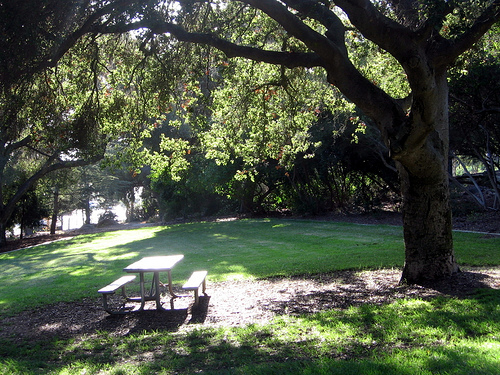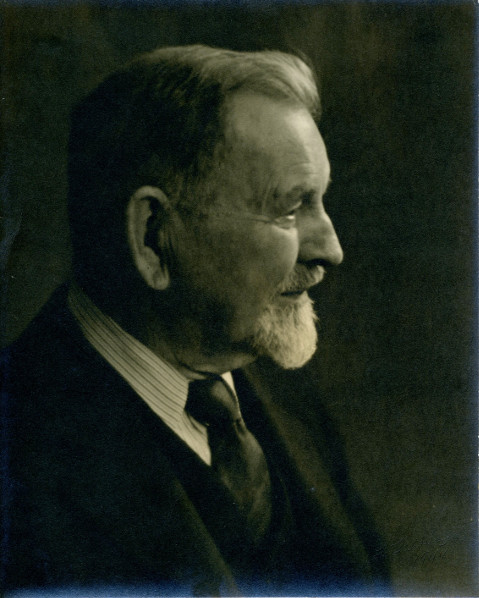
Edward Owen Orpet was the Park Superintendent for the City of Santa Barbara from 1921-1930. The park that carries his name, located near the intersection of Alameda Padre Serra and Moreno Road, was founded in 1919 and christened Hillside Park. The park was renamed in 1963 to honor the man commonly known as the “plant missionary.”

E.O. Orpet was born in England in 1863. The son of a professional gardener, at age 12 he went off to agricultural college — not as a student but as a servant. Still, due to his father’s influence and his time at the college, he was apprenticed to a large estate as a gardener at age 14 and picked up a substantial amount of horticultural knowledge.
He held a number of gardening and horticultural jobs in his native land before moving to New Jersey, where he worked in a nursery propagating American plants for shipment to England. He then moved on to oversee 300 acres of gardens on a large Massachusetts estate. Here he developed an interest in orchids and created a sensation with his exhibit of hybrids at the Massachusetts Horticultural Show in 1900. Ten years later he was working on the estate of Cyrus McCormick’s Illinois estate.
In 1917, Orpet landed a job at the U.S. Department of Agriculture in Chico, California, propagating exotic plants from seeds sent from China. In 1920, he arrived in Santa Barbara. Reportedly, as he descended from the train he spied a great mass of lantana in full bloom, a sight that convinced him that Santa Barbara was the place to be.
Purchasing a six-acre tract in Goleta, he devoted much of the acreage to the planting of persimmons. Eventually, he built up a thriving mail-order business and shipped persimmons all over the U.S.
Orpet was an inveterate experimenter. His interest in succulents resulted in his amassing a collection of more than 800 species and varieties. He corresponded with people all over the world in his quest for beautiful, unusual plants. He introduced 30 varieties of aloes to this area. From East Africa to Chile to the Himalayas, Orpet continued to search out new botanic species to beautify his adopted home.
He made an extremely active park superintendent. He supervised plantings along Cabrillo Boulevard as well as the islands in the Andrée Clark Bird Refuge. The planting of olive trees along Olive Street was largely his work, as were the cork oaks in the Samarkand neighborhood and the magnolias on San Andres Street. He also was instrumental urging the use of ice plants along California highways.
Orpet resigned as park superintendent early in 1930 due to his wife’s illness and the growth of his nursery business on upper State Street. He continued to study, experiment, write, and publish. By the time of his death at age 93 in 1956, he was one of the most respected horticulturalists in the country, a recognized expert in orchids and cacti. E.O. Orpet was one of Santa Barbara’s most distinguished horticulturalists.

Michael Redmon, director of research at the Santa Barbara Historical Museum, will answer your questions about Santa Barbara’s history. Write him c/o The Santa Barbara Independent, 122 West Figueroa Street, Santa Barbara,CA 93101.



